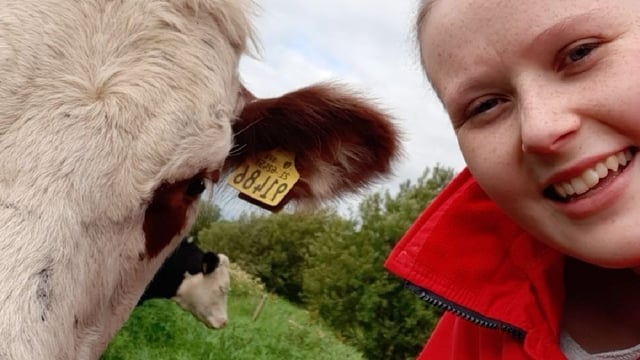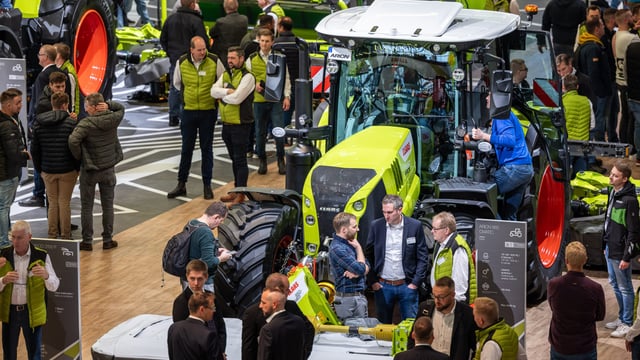Glanbia seeks additional gluten-free oat growers
The area of gluten-free oats sown by Glanbia Ireland’s grain farmers doubled in 2020 compared to 2019.
Now, the company is looking for more growers of the crop.
Glanbia Ireland operates a 'closed-loop' supply chain in production of gluten-free oats (GFO) and is the only certified supplier of gluten-free oats in Ireland, with 75 dedicated growers and a unique supply chain.
Recent rain, followed by a warm spell, mean it is looking like being a good harvest at this stage of crop development, according to Glanbia Ireland’s grain development and sales manager, Donal Moloney.
“The GFO contract currently pays a premium of €40/t over base wheat price and Glanbia Ireland harvests and transports the crop from field to drying location. Growers can forward sell gluten-free oats throughout the growing season at the prevailing green wheat price.
“Glanbia Ireland moved its food-grade oats drying-and-storage operation to a new, state-of-the art facility at Harris Grain, Athy, in 2020. We’re particularly looking for growers within a 50km radius of this facility.
Agronomic advice for gluten-free oat crops is provided by the Glanbia Ireland agronomy team.
Crops are thoroughly inspected at ear-emergence stage to check for contamination by other cereals, wild oats, brome, etc. and the application of glyphosate pre-harvest is not permitted.
Glanbia Ireland chief agri-business growth officer, Sean Molloy, said more than 2,100ac of gluten-free oats were sown in 2021 - less than 2020 levels.
“Gluten-free oats is an excellent break crop and improves a grower’s rotation, as well as being profitable in its own right," he said.
Slightly lower inputs are required compared to wheat and barley and Irish oats, in particular, have a significantly lower carbon footprint than oats grown in the rest of Europe.
"Much of this down to higher yields in Irish soils,” said Sean.
Jonny Greene, a fourth-generation farmer at Levistown House in Meganey, Co. Kildare, has about 150ac under gluten-free oats this year, up from 130 last year.
"The fact that it’s a low-input crop also helps,” he said.





